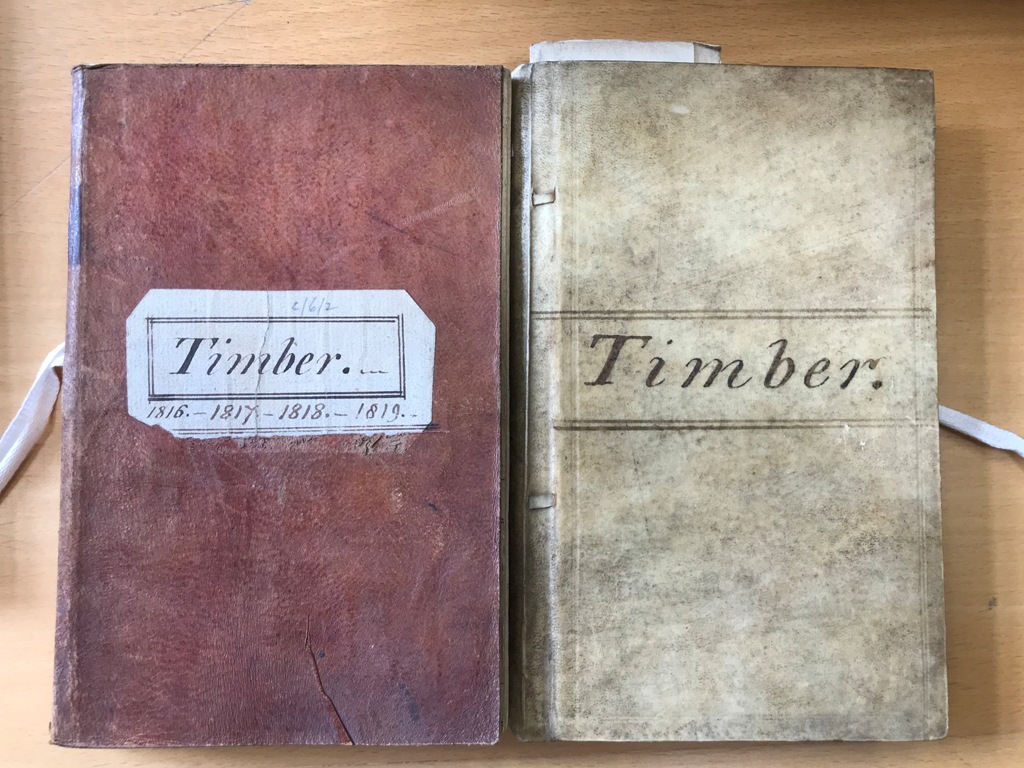Meeting the Past
Eveline van Breemen, Curator - Social History
For the 2022 season the Rural Life Museum has new and renewed information panels. The new panels feature real stories of people who lived in and around the Normanby estate. The renewed panels have local stories added to them. This task required research. I used censuses, directories, old newspapers and the Museums archives. Some years ago, a colleague did some research, which gave me some ideas of which stories to use.
The People of the Estate
Normanby Estate was one of the areas that the Sheffield family owned. The other was the estate around West Butterwick. For this project I am focusing on the area in and around the Normanby Estate. We wanted to introduce the stories of some people that lived and worked on the estate to the Rural Life Museum. There is a range of people like a lady farmer, a surgeon, a game keeper and a farmer’s daughter. They all lived in different time periods. I will introduce some of them here.
Sarah Pulleine (1787 – 1861)
The stories of women’s lives in and before the 19th century are not always told. I wanted to add a few female stories to the displays. Looking through some of the 18th and 19th century estate accounts I came across some female farmers, which interested me. Some of the women had large farms to run. Sarah Pulleine was such a farmer. When her husband died in c1820, she became the head of the household and responsible for the farm. Even when her eldest son came of age, she was still the head of the farm. The farm was rented from Sir Robert Sheffield. In 1835 Sarah rented 336 acres of land, including a homestead. The farm was spread over 26 fields, within Flixborough and Crosby. There were some great names: Yowls Cliff, Great Bratts and Castlewell Hill. On the land Sarah cultivated: clover, potatoes, oats, barley, rye and many other crops. According to the 1851 census she employed eight labourers and they had four servants.
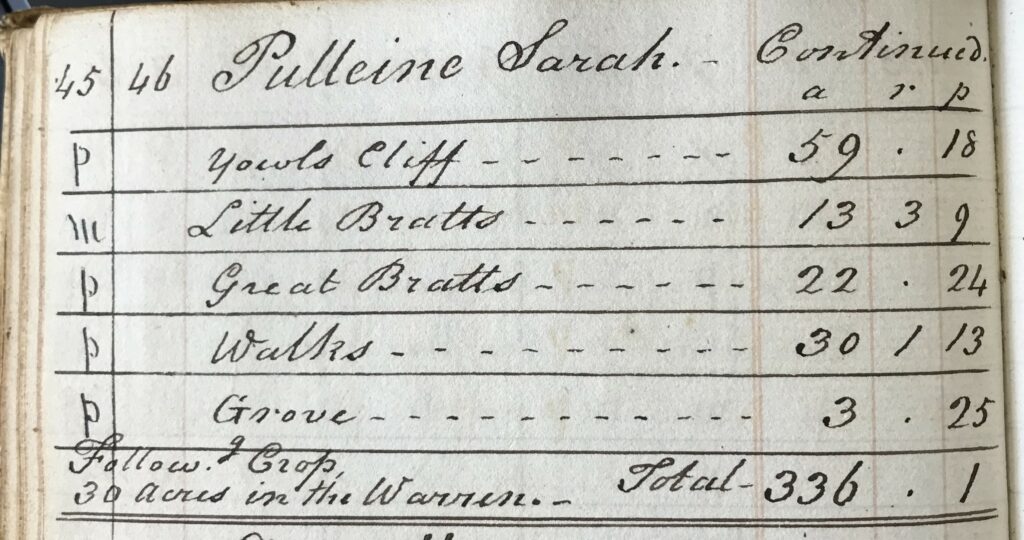
Thomas Johnson (1800 – 1842)
Thomas worked as a general labourer. His father was a hardworking and honest man and Thomas took after him. This was until he started to associate with the wrong kind of people. Thomas got into trouble with the law on occasion. But on 13 December 1838, things went much further.
It was about 10 o’clock in the evening and gamekeepers on the Normanby Estate, Storey Jackson and Edward Thompson were inspecting Normanby Park. Then they heard shots coming from the fishing lake area. Bravely they went over to investigate. There was another shot and a warning that if the gamekeepers came any closer, they would be shot. Both men proceeded anyway, but Edward fell. Storey jumped a fence near the fishing lake. And then another shot sounded, and a bullet hit and instantly killed Storey. The killer ran away.
It was not until some years later that this case was solved. Thomas Johnson had committed another poaching crime, for which he had been jailed in Beverley. While imprisoned Thomas confessed to the murder of Storey Jackson. For this crime he was convicted at the Lincoln assizes on 5 March 1842. His sentence to be transported for life to Van Diemen’s land, present day Tazmania. On 30 May 1842 Thomas started his 6-month journey on the convict ship the “Waterloo”. On the 28 August the ship was anchored at Table Bay, South Africa. It was there for supplies. But that night a storm blew over and it wrecked the ship. There were about 330 people on board of which about 190 died, including Thomas.

The Sheffield Family
Another change is a new section which focusses on the Sheffield family. This section holds information on the Sheffields as landlords and as landowners. What was the land used for and were they good to their tenants?
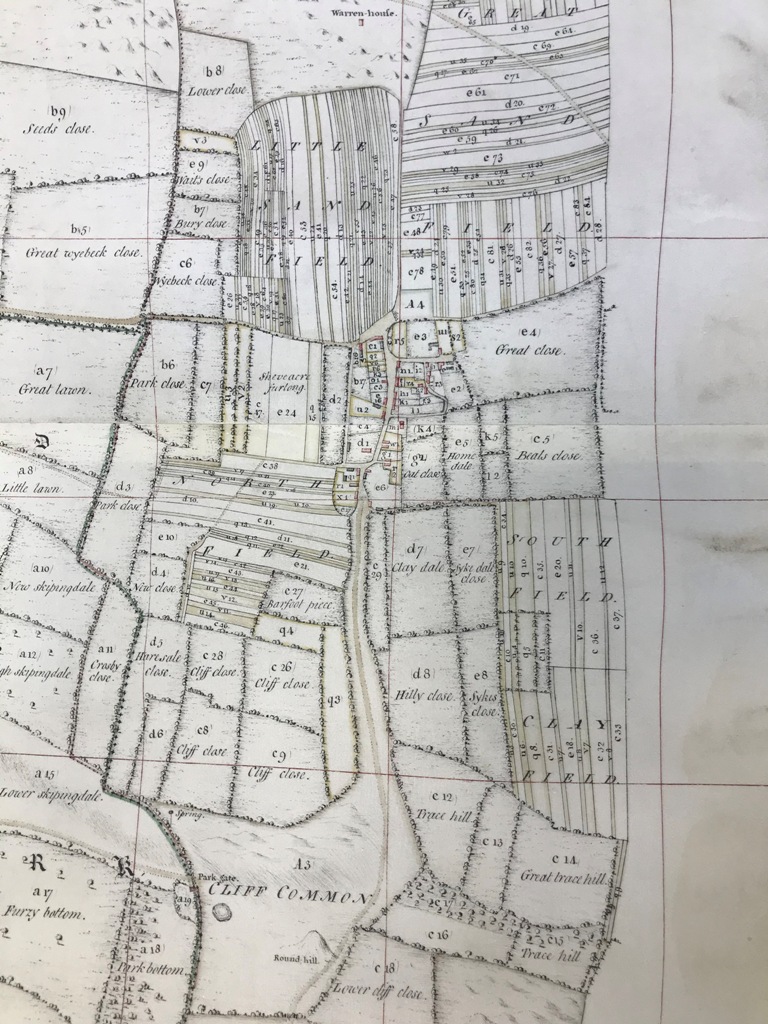
While researching the use of the estate land, I came across the estate’s timber accounts. These small ledgers had wonderful information on the sale of timber from 1816 until 1835. Most of the timber in these ledgers came from the Normanby Estate: Normanby Park, Coleby Wood and Burton Wood. It was sold to locals for firewood and for building material. Most months a large amount was sold to a merchant in Leeds. And on 8 February 1825, tenant farmer William Chapman, had to pay £1, 8 shillings for some timber which had blown down in the wind on his farm.
Focus On
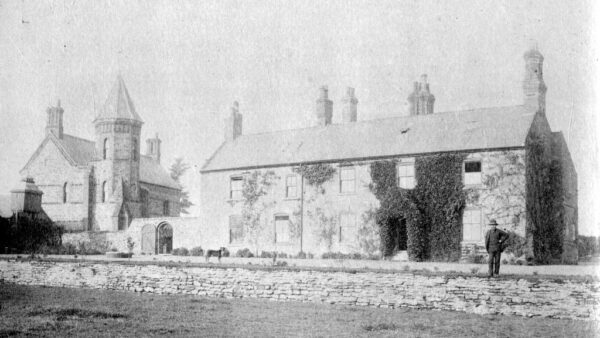
The Peacock Family
Discover the Peacocks. A family of distinguished scholars from Bottesford Manor.
Read the story
Made in North Lincs
Online exhibition of local businesses and manufacturing.
Read the story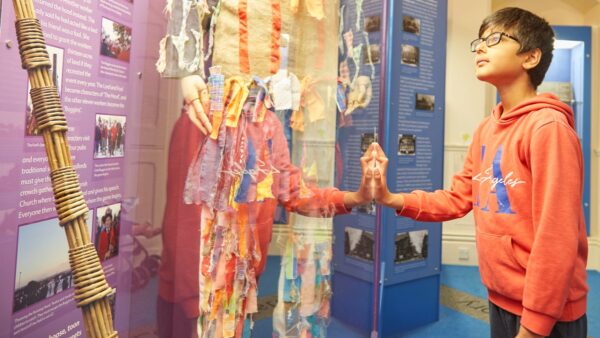
Local History Galleries
Discover North Lincolnshire’s history from the early 1800s to the 1970s.
View gallery
Social History
Objects, photographs and ephemera telling the story of North Lincolnshire and its people.
Discover collection